From the code you provide, use Clients.User() not Clients.Client().
Clients.User(...) takes a user identifier. Your parameter is connectionId which is a different concept and used with Clients.Client(...).
public async Task SendMessageToUser(string user, string targetConnectionId, string message)
{
Console.WriteLine($"{Context.ConnectionId}-{targetConnectionId}-{message}");
//await Clients.User(...)
await Clients.Client(targetConnectionId).SendAsync("ReceiveMessageToUser", user, targetConnectionId, message);
}
There is one more suggestion about the name of callback method. Return different method name in SendAsync().
public async Task SendMessageToMe(string user, string message)
{
Console.WriteLine($"{Context.ConnectionId}-Caller-{message}");
await Clients.Caller.SendAsync("ReceiveMessageToMe", user, message);
}
public async Task SendMessageToUser(string user, string targetConnectionId, string message)
{
Console.WriteLine($"{Context.ConnectionId}-{targetConnectionId}-{message}");
await Clients.Client(targetConnectionId).SendAsync("ReceiveMessageToUser", user, targetConnectionId, message);
}
Same change in char.js
connection.on("ReceiveMessageToMe", function (user, message) {
var msg = message.replace(/&/g, "&").replace(/</g, "<").replace(/>/g, ">");
var encodedMsg = user + " says " + msg;
var li = document.createElement("li");
li.textContent = encodedMsg;
document.getElementById("messagesList").appendChild(li);
});
connection.on("ReceiveMessageToUser", function (user, targetConnectionId, message) {
var msg = message.replace(/&/g, "&").replace(/</g, "<").replace(/>/g, ">");
var encodedMsg = user + " says " + msg + " by " + targetConnectionId;
var li = document.createElement("li");
li.textContent = encodedMsg;
document.getElementById("messagesList").appendChild(li);
});
Screenshots of Test

